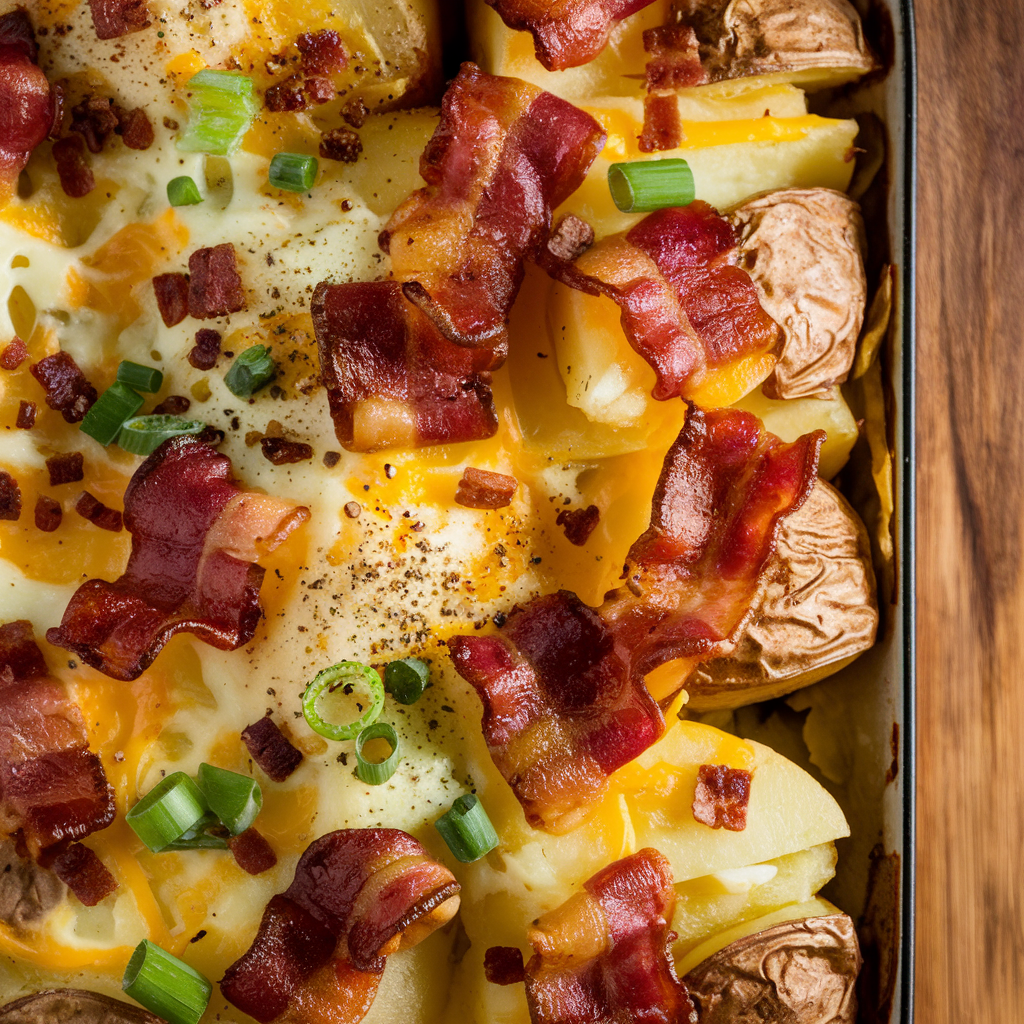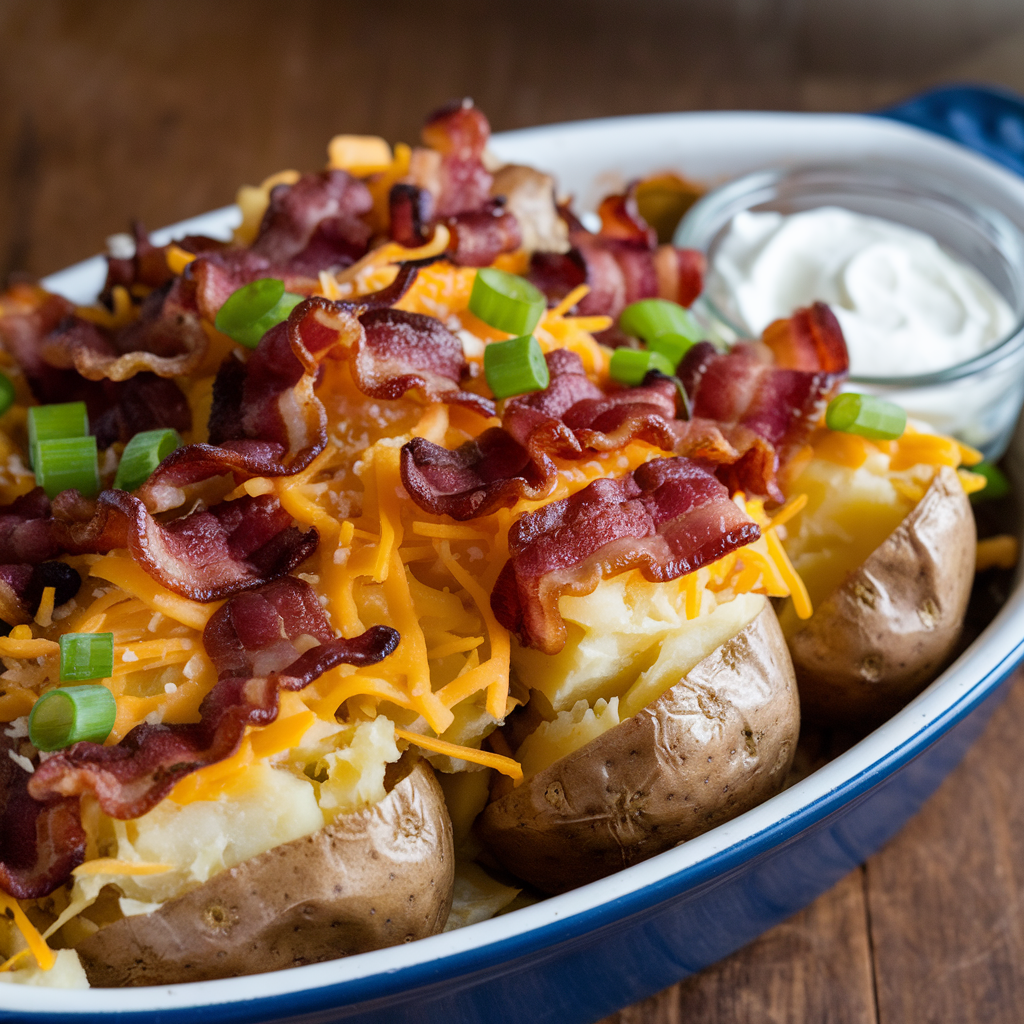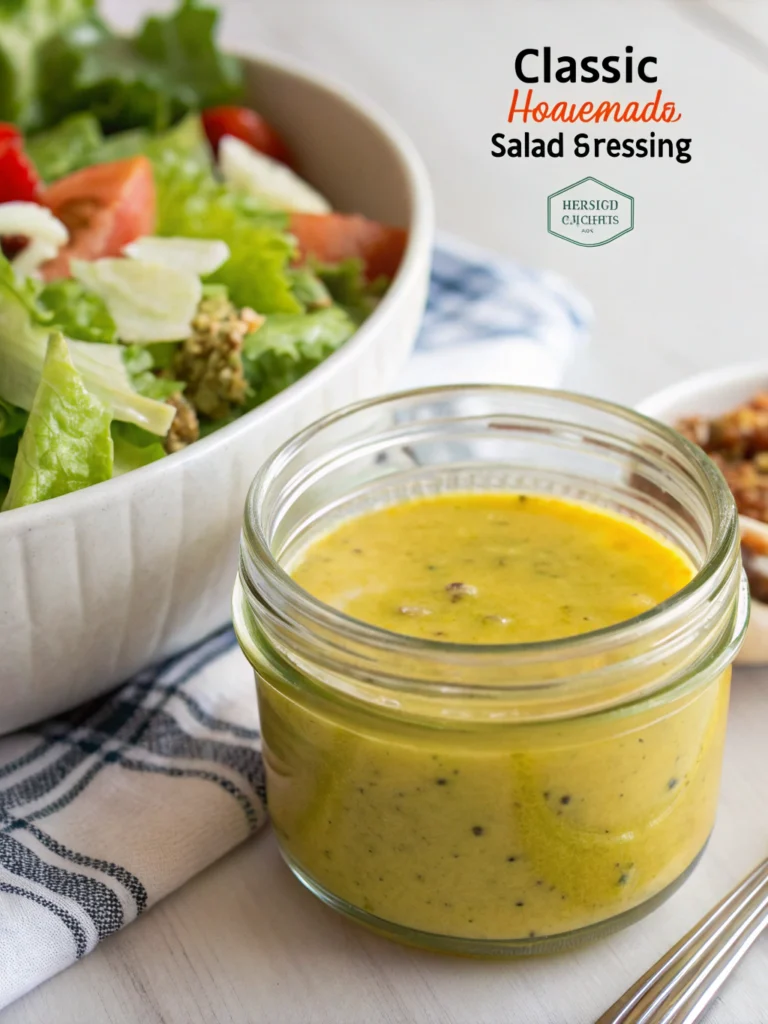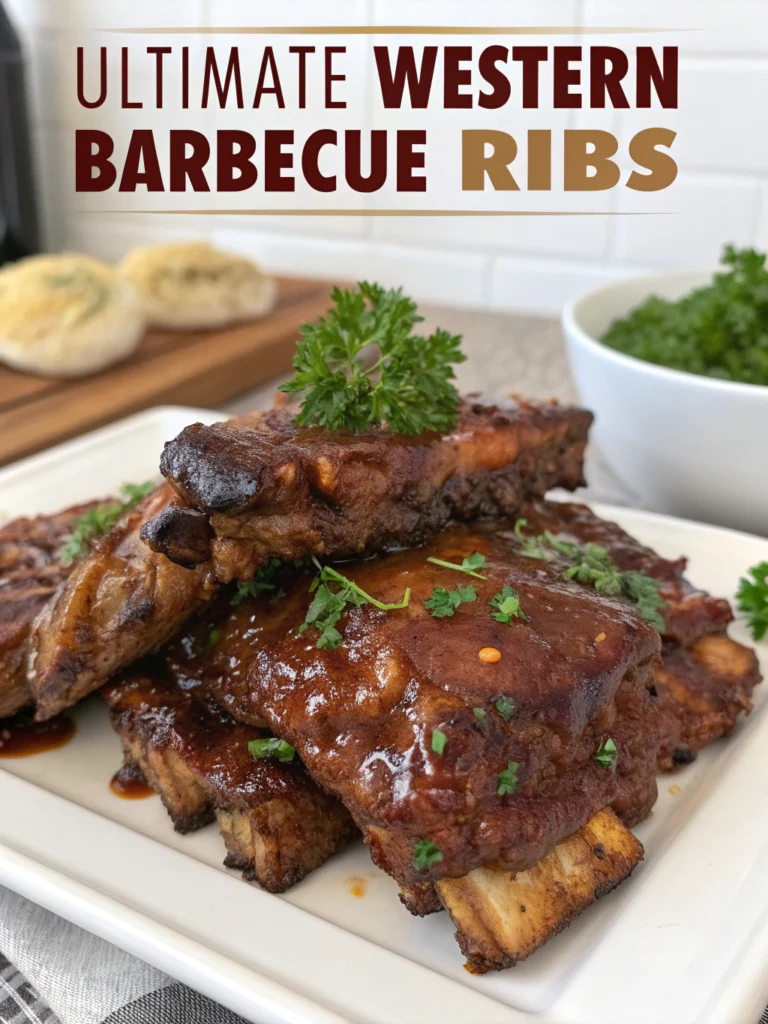Ultimate Loaded Potato Casserole (Crowd-Pleasing Comfort Food!)
Table of Contents
Introduction
Did you know that the average American consumes over 117 pounds of potatoes annually, making potato dishes the most beloved comfort food in the United States? This statistic reveals our collective love affair with this versatile vegetable, and today I’m sharing a recipe that elevates the humble potato to extraordinary heights. Ultimate Loaded Potato Casserole (Crowd-Pleasing Comfort Food!) combines creamy, tender potatoes with melted cheese and crispy bacon for a dish that consistently ranks among the top 5 most requested comfort foods at family gatherings. Whether you’re looking for a show-stopping side dish or a hearty main course, this potato casserole recipe delivers satisfaction in every bite.
Ingredients List

- 3 pounds russet potatoes, washed and cut into 1-inch cubes (Yukon Gold works beautifully for a buttery flavor)
- 2 cups sharp cheddar cheese, freshly grated (pre-shredded cheese contains anti-caking agents that affect melting)
- 1 cup sour cream (full-fat provides the creamiest texture)
- 8 slices bacon, cooked and crumbled
- 1/2 cup butter, melted
- 1 medium onion, finely diced
- 3 cloves garlic, minced
- 1/4 cup chives, chopped (plus extra for garnish)
- 1 teaspoon salt
- 1/2 teaspoon freshly ground black pepper
- 1/2 cup Parmesan cheese, grated (for the golden, crispy topping)
- 1/2 cup panko breadcrumbs (for extra crunch)
Timing
This Ultimate Loaded Potato Casserole (Crowd-Pleasing Comfort Food!) requires approximately 25 minutes of preparation time and 45 minutes of baking time, totaling 70 minutes from start to finish. That’s about 15% less time than traditional scalloped potato recipes, making this a more efficient option for busy weeknights or when entertaining guests. Plus, many steps can be prepared in advance to streamline the cooking process even further.
Step-by-Step Instructions
Step 1: Prepare the Potatoes
Preheat your oven to 375°F (190°C) and grease a 9×13-inch baking dish. Place the potato cubes in a large pot, cover with cold water, and add 1 tablespoon of salt. Bring to a boil and cook for 12-15 minutes until the potatoes are fork-tender but not falling apart. Remember, they’ll continue cooking in the oven, so slightly undercooking them prevents a mushy final texture.
Step 2: Prepare the Creamy Base
While the potatoes are cooking, whisk together the sour cream, melted butter, minced garlic, and half of the cheddar cheese in a large bowl. This mixture creates the luxurious, velvety foundation that makes this casserole irresistibly creamy. The garlic infuses into the dairy mixture, distributing flavor evenly throughout the dish.
Step 3: Combine and Assemble
Drain the potatoes thoroughly and let them steam dry for 2-3 minutes. This crucial step prevents excess moisture from making your casserole watery. Gently fold the potatoes into the creamy cheese mixture, being careful not to mash them completely. Add the diced onion, half the bacon crumbles, chopped chives, salt, and pepper, mixing just until combined.
Step 4: Layer and Top
Transfer the potato mixture to your prepared baking dish, spreading it evenly. Sprinkle the remaining cheddar cheese, Parmesan cheese, and bacon crumbles over the top. For an extra-crispy finish, combine the panko breadcrumbs with 1 tablespoon of melted butter and scatter over the cheese layer. This creates a textural contrast to the creamy interior that elevates the entire dish.
Step 5: Bake to Perfection
Bake uncovered for 30 minutes, then increase the temperature to 425°F (220°C) and bake for an additional 10-15 minutes until the top is golden brown and bubbling around the edges. This two-temperature approach ensures the casserole heats through completely while developing that irresistible crispy top.
Nutritional Information
Each serving (approximately 1 cup) of this potato casserole recipe contains:
- Calories: 385
- Protein: 12g
- Carbohydrates: 35g
- Fat: 22g
- Fiber: 3g
- Sodium: 640mg
These values represent approximately 19% of the recommended daily caloric intake based on a 2,000-calorie diet, making this a satisfying but relatively moderate addition to your meal plan when served as a side dish.
Healthier Alternatives for the Recipe
Transform this indulgent classic into a lighter version without sacrificing flavor:
- Substitute Greek yogurt for sour cream to reduce fat while maintaining creaminess
- Use turkey bacon instead of pork bacon (saves approximately 30% of fat content)
- Incorporate cauliflower florets to replace up to half of the potatoes, reducing carbs by 40%
- Choose reduced-fat cheese or reduce the amount by 25%, compensating with nutritional yeast for a cheesy flavor
- Add extra vegetables like broccoli, spinach, or bell peppers to boost nutrition and fiber
Serving Suggestions
Elevate your Ultimate Loaded Potato Casserole (Crowd-Pleasing Comfort Food!) with these serving ideas:
- Pair with a simple green salad dressed with vinaigrette to balance the richness
- Serve alongside grilled or roasted meats like chicken, steak, or pork chops
- For brunch, top individual portions with a perfectly poached egg
- Create a build-your-own potato bar by offering additional toppings like jalapeños, green onions, hot sauce, and extra cheese
- For potlucks, keep warm in a slow cooker on the low setting for up to 2 hours
Common Mistakes to Avoid
- Overcooking the potatoes: Boiling them until too soft results in a mushy casserole
- Using cold ingredients: Allow butter, sour cream, and cheese to come to room temperature for better incorporation
- Underseasoning: Potatoes absorb salt readily, so taste and adjust seasonings before baking
- Opening the oven frequently: This causes temperature fluctuations that affect cooking time and texture
- Skipping the resting period: Allow the casserole to rest 10-15 minutes before serving to set properly
Storing Tips for the Recipe
This casserole can be refrigerated for up to 4 days in an airtight container. For best results when reheating, add a splash of milk or cream and cover with foil for the first 10 minutes of reheating to restore moisture. For make-ahead convenience, assemble the casserole up to 24 hours in advance, cover, refrigerate, and bake when needed (add 10-15 minutes to the baking time if cooking from cold). You can also freeze individual portions for up to 3 months—thaw overnight in the refrigerator before reheating.
Conclusion
The Ultimate Loaded Potato Casserole (Crowd-Pleasing Comfort Food!) brings together simple ingredients to create a dish that’s far greater than the sum of its parts. With its perfect balance of creamy potatoes, melted cheese, and crispy toppings, this versatile casserole has rightfully earned its place as a cherished comfort food classic. I encourage you to make this recipe your own by experimenting with different cheeses, add-ins, or toppings based on your family’s preferences. Share your creations on social media or in the comments below—I’d love to see your personal twists on this beloved dish!
FAQs
Can I make this casserole without bacon for a vegetarian version?
Absolutely! Simply omit the bacon and consider adding smoked paprika (1/2 teaspoon) to incorporate that smoky flavor. Sautéed mushrooms also make an excellent umami-rich substitute.
Can I use leftover baked or mashed potatoes for this recipe?
Yes! If using leftover baked potatoes, cube them and skip the boiling step. For mashed potatoes, reduce the sour cream and butter slightly since they’re already incorporated.
How do I prevent my casserole from becoming watery?
Ensure potatoes are thoroughly drained and allowed to steam dry. If using frozen potatoes, thaw completely and pat dry with paper towels before using.
What cheeses work best for this dish besides cheddar?
Gruyère adds a nutty flavor, while Monterey Jack melts beautifully. A combination of cheeses often yields the most complex and satisfying flavor profile.
Can I prepare this in a slow cooker?
Yes! Cook on low for 4-5 hours or high for 2-3 hours. Add the breadcrumb topping during the last 30 minutes of cooking for the best texture.







